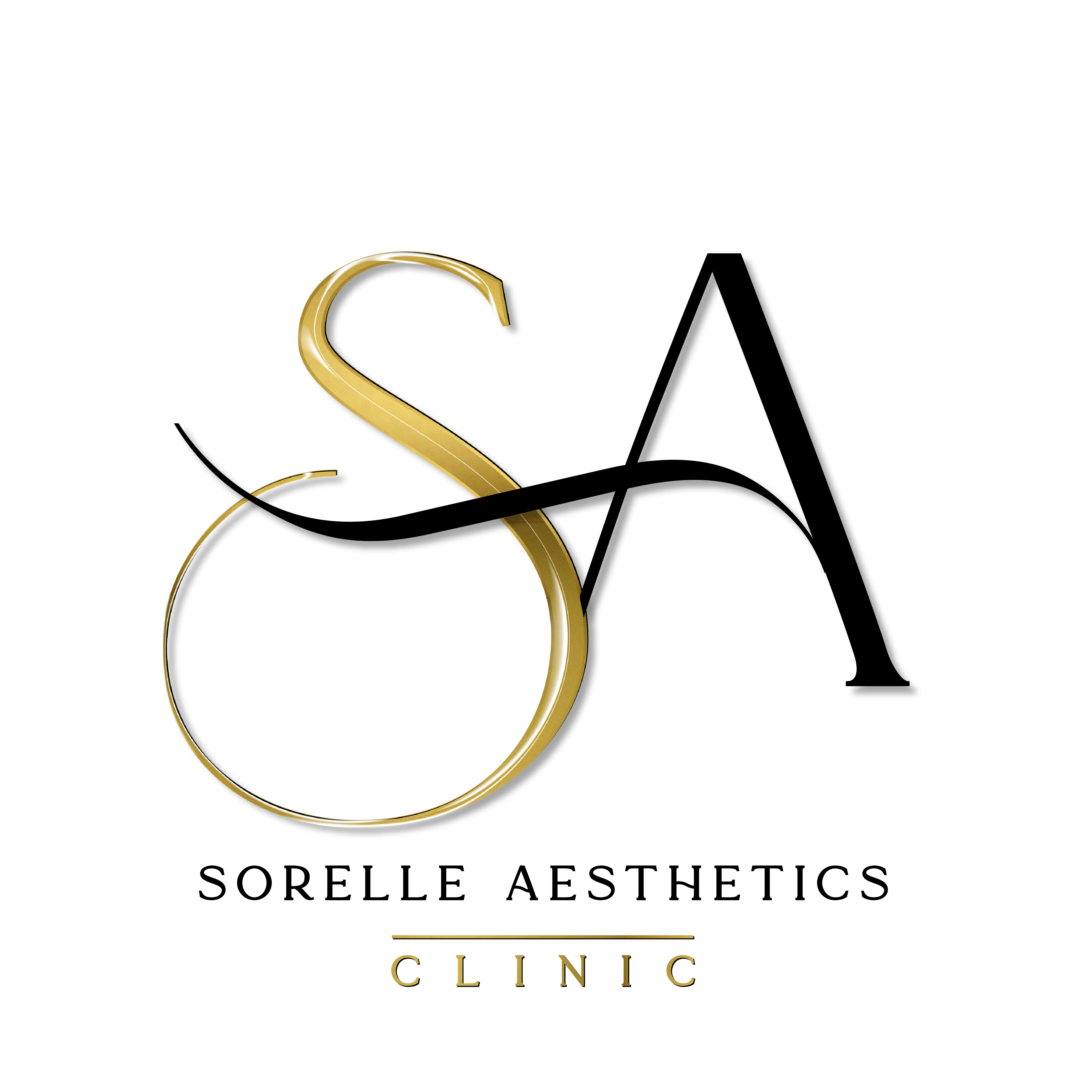Adult acne can be an unwelcome companion, impacting confidence and overall well-being. It’s crucial to recognize the diversity of causes, ranging from hormonal changes, diet, and lifestyle to stress and genetics. Understanding these factors sets the stage for effective solutions.
Lifestyle Changes for Acne Prevention
Beyond skincare, which we will talk about in another blog article, consider lifestyle adjustments to help combat acne breakouts and symptoms.
While the relationship between diet and acne is complex and varies from person to person, certain foods are commonly associated with exacerbating acne symptoms. It’s important to note that individual responses may differ, and consulting with a healthcare professional is recommended if symptoms persist. Here’s a list of foods that are often considered best avoided when fighting acne, along with the reasons behind their potential impact:
- High-Glycemic Foods:
- Avoidance Reason: High-glycemic foods, such as sugary snacks, white bread, and refined cereals, can lead to elevated blood sugar levels. This, in turn, triggers an insulin response, potentially increasing oil production and inflammation in the skin.
- Dairy Products:
- Avoidance Reason: Dairy, particularly milk and eggs, have been associated with an increased risk of acne. Hormones present in milk and eggs, as well as there potential to stimulate insulin-like growth factor 1 (IGF-1), may contribute to acne development. Try limiting your dairy intake
- Fried and Greasy Foods:
- Avoidance Reason: While the direct link between greasy foods and acne is debated, a diet high in fried and greasy items can contribute to inflammation in the body, which may exacerbate acne.
- Processed and Fast Foods:
- Avoidance Reason: Processed and fast foods often contain high levels of trans fats and unhealthy oils. These can promote inflammation and negatively impact skin health.
- Chocolate:
- Avoidance Reason: The relationship between chocolate and acne is not fully understood, but some studies suggest that high sugar and dairy content in certain chocolates may contribute to acne flare-ups in some individuals.
- Iodine-Rich Foods:
- Avoidance Reason: Excessive iodine intake, often found in seaweed, iodized salt, and certain seafood, has been linked to acne. Iodine can irritate the skin and lead to the formation of acne lesions.
- Spicy Foods:
- Avoidance Reason: Spicy foods can increase blood flow and lead to sweating, potentially irritating the skin and triggering acne in some individuals.
- Caffeine:
- Avoidance Reason: While the link between caffeine and acne is not well-established, excessive caffeine intake can lead to dehydration, potentially affecting skin health. Additionally, some caffeinated beverages may contain added sugars or dairy.
- Alcohol:
- Avoidance Reason: Excessive alcohol consumption can dehydrate the body, leading to dry and irritated skin. Alcohol may also impact the liver, affecting its ability to detoxify the body and potentially contributing to acne.
- High-Sodium Foods:
- Avoidance Reason: Foods high in sodium can lead to dehydration, causing the skin to produce more oil as a compensatory mechanism. This increased oil production may contribute to acne development.
It’s essential to adopt a balanced and varied diet, stay hydrated, and observe how your body responds to different foods. It’s a good idea to keep a diary of what you eat and drink on a daily basis, so you can see if there are any patterns to any acne/breakout flair-ups. If you suspect a specific food is impacting your skin, consider eliminating it from your diet to see if you see any changes in your skin health.
Professional Skincare Treatments for Acne
Effective professional skincare treatments can be really effective if used in combination with a good homecare skincare routine, which consists of a gentle cleanser, actives, hydration and protection. Our specialised Acne treatment reduces acne, open pores and the bacteria that causes acne breakouts. Skin peels are also an effective treatment which is designed to treat acne-prone, oily, and impure skin combining a blend of AHA, BHA & PHA acids .
Applying this peel contributes to an improved epidermal structure, enhanced smoothness, and a more even complexion. Salicylic acid provides powerful antiseptic and cleansing properties, normalising the function of sebaceous glands and resulting in pore contraction. It works in conjunction with mandelic acid and gluconolactone, both of which possess antibacterial properties. Due to their high molecular weight, these acids have limited penetration into the epidermis and act on the skin’s surface to purify the microflora.
Prevention and Maintenance
While professional treatments can be significantly effective, prevention remains at the front:
- Avoid picking at pimples or acne breakouts, regular facials with controlled extractions and deep cleansing can help.
- Protect your skin from the sun. Select an effective, broad-spectrum SPF moisturiser.
- Use non-comedogenic skincare products.
- Consult a dermatologist if you experience severe acne symptoms.
Book in now for your FREE 3D skin analysis consultation and see how we can put a treatment plan together that is customised for your skin concerns and to get you the results you desire.
Useful Rources
The relationship of diet and acne – PMC (nih.gov)
Anti-acne diet: What to eat for clearer skin and fewer pimples (medicalnewstoday.com)
Hormonal Acne Diet Plan: 5 Foods to Eat & What Not to Eat (medicinenet.com)
